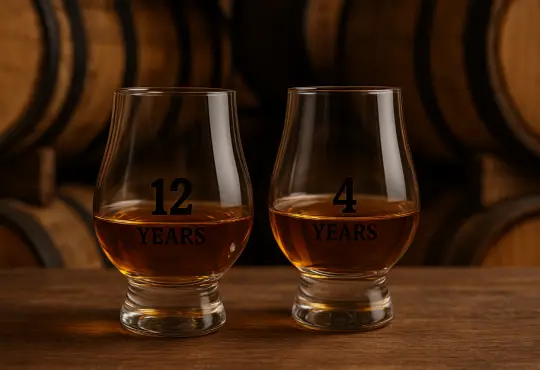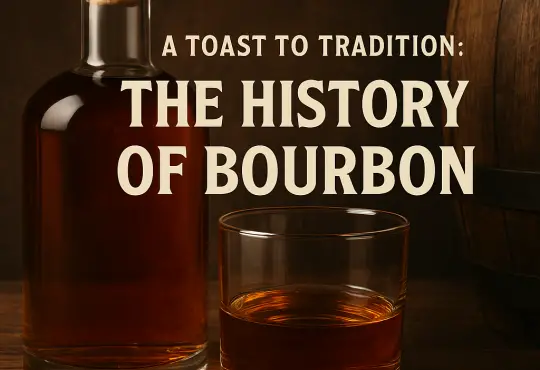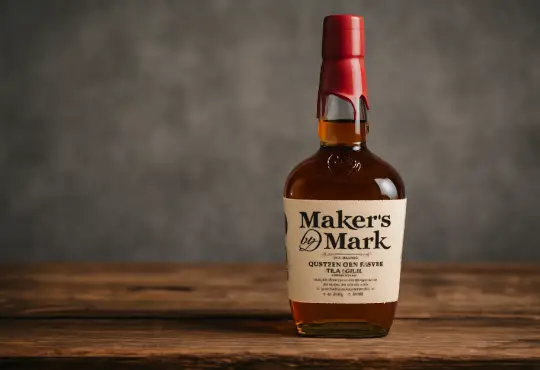
Bourbon vs. Scotch: A Whiskey Connoisseur’s Perspective
When it comes to fine spirits, bourbon and Scotch whisky are two prominent categories that captivate the palates of whiskey connoisseurs worldwide. While both are beloved and cherished, they each possess distinct characteristics, production methods, and flavor profiles that set them apart. In this blog post, we delve into the intriguing debate of bourbon versus Scotch, offering a whiskey connoisseur’s perspective to help you appreciate the nuances and make informed choices.
- Origins and Production
a) Bourbon: Bourbon is a uniquely American spirit, with its roots tracing back to the corn-based whiskies distilled by early settlers in Kentucky. By law, bourbon must be made in the United States, primarily from a grain mixture containing at least 51% corn. It is aged in new charred oak barrels, which impart rich flavors and color. The production process typically involves column distillation, resulting in a sweeter and more robust whiskey.
b) Scotch: Scotch whisky, on the other hand, originates from Scotland and has a long-standing tradition dating back centuries. Scotch is predominantly made from malted barley and aged in oak barrels. It is produced through either pot still distillation or a combination of pot and column stills. The use of peat in drying malted barley gives some Scotch whiskies their distinctive smoky flavor. The regional variations in Scotland, such as Highland, Islay, and Speyside, contribute to the diversity of Scotch whisky styles.
- Ingredients and Flavor Profiles
a) Bourbon: The primary grain used in bourbon production is corn, which lends a natural sweetness to the spirit. Rye or wheat may be included in the grain mixture, imparting different flavor profiles. Bourbon exhibits flavors of caramel, vanilla, oak, and often carries a pronounced sweetness. The higher corn content and the aging process contribute to a smoother and more approachable taste.
b) Scotch: Scotch whisky’s flavor profile varies depending on the production methods, the region, and the aging process. Scotch can showcase a range of flavors, from light and floral to rich and smoky. Single malt Scotch whiskies, made entirely from malted barley and distilled in pot stills, offer complex flavors of honey, fruit, and spices. The peat-smoked malts from Islay deliver a distinctive smoky and earthy character.
- Aging and Maturation
a) Bourbon: By law, bourbon must be aged in new charred oak barrels. The aging process contributes to the development of flavors, as the spirit interacts with the wood, extracting compounds such as vanillin and tannins. Bourbon aging requirements dictate that it must be aged for a minimum of two years to be labeled as “straight bourbon.” Extended aging can result in deeper flavors and greater complexity.
b) Scotch: Scotch whisky must be aged in oak barrels, often previously used for bourbon or sherry. The aging period can vary significantly, ranging from a minimum of three years for Scotch whisky to be legally recognized as such, up to several decades for premium expressions. The aging process allows the whisky to interact with the wood, acquiring flavors and characteristics from the cask, such as vanilla, spice, and dried fruit notes.
- Cultural Significance and Tradition
a) Bourbon: Bourbon carries a rich cultural heritage and is deeply rooted in American history. It has become an iconic symbol of American craftsmanship and is closely associated with the state of Kentucky. The Bourbon Trail in Kentucky offers visitors a chance to explore the distilleries, history, and culture behind this beloved spirit.
b) Scotch: Scotch whisky holds a revered place in Scottish culture and is renowned worldwide for its quality and tradition. The distilleries in Scotland often reflect the deep-rooted history of whisky production, and visiting them provides a glimpse into the time-honored methods and the pride the Scots have in their national spirit.
- Personal Preference and Enjoyment
Ultimately, the choice between bourbon and Scotch whisky comes down to personal preference and individual taste. Both categories offer an array of expressions, styles, and flavors to explore. Some whiskey enthusiasts may prefer the sweeter, fuller-bodied nature of bourbon, while others may gravitate towards the varied profiles of Scotch whisky, from light and delicate to bold and peaty.
Conclusion
The debate of bourbon versus Scotch whisky is a captivating topic for whiskey connoisseurs. While bourbon showcases the American spirit with its sweeter profile and rich history, Scotch whisky represents the diverse flavors and regional traditions of Scotland. Exploring both categories allows whiskey enthusiasts to appreciate the craftsmanship, flavors, and cultural significance that each brings to the table. Whether you find yourself drawn to the warmth of bourbon or the complexity of Scotch whisky, the beauty of the whiskey world lies in the exploration and the enjoyment of diverse expressions. So, raise a glass, savor the flavors, and appreciate the distinct wonders of bourbon and Scotch whisky. Cheers!






